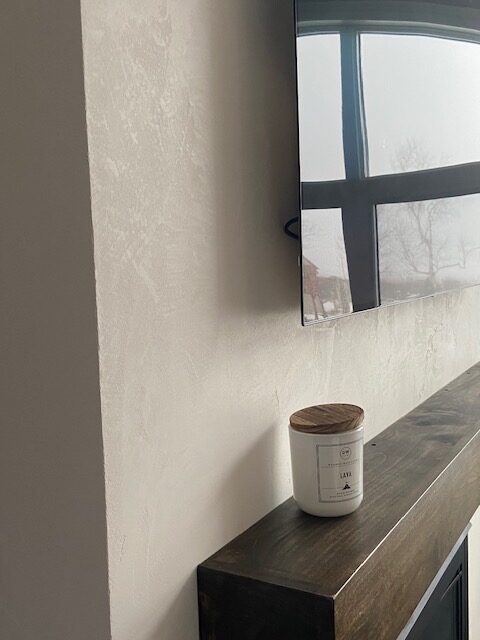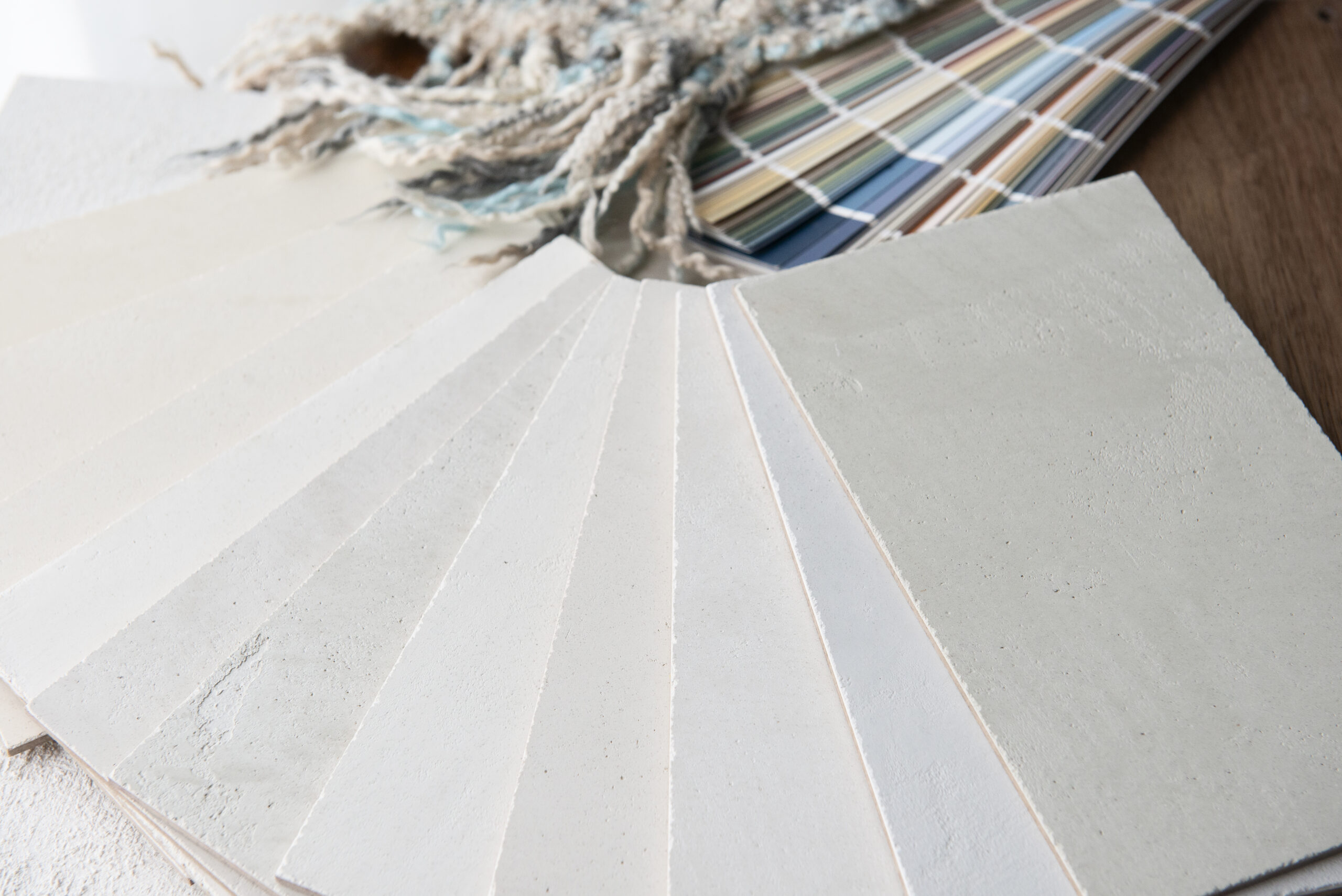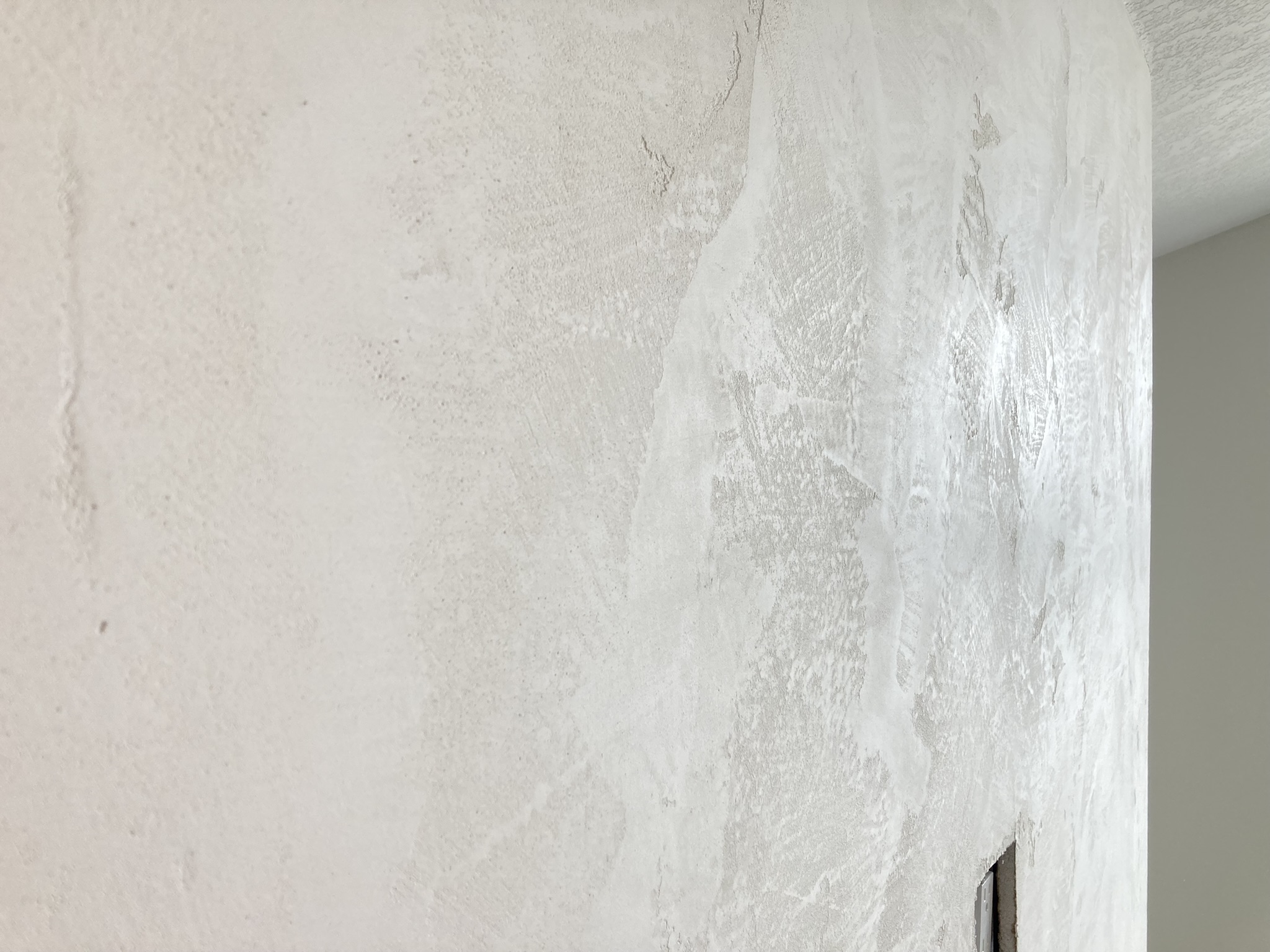The Allure of Venetian Plaster
Venetian plaster is a versatile and luxurious decorative surface treatment that has been a part of design culture for centuries. This ancient technique originated in Venice, Italy, and provides a unique and customizable finish that can be tailored to suit any design style. In this article, we will explore the various styles and techniques of Venetian plaster, including the different looks that can be achieved by altering the plaster application and finishing methods.<h2>Key Components of Venetian Plaster</h2>
Venetian plaster consists of limestone, which is a naturally occurring material that has been used in construction and decorative applications for thousands of years. Its unique texture and appearance are what make it so desirable for designers and architects who want to create an elegant, timeless look. The plaster is applied in thin layers to the surface, allowing for a range of finishes that can be customized to suit any design aesthetic.
Styles and Techniques of Venetian Plaster
High Burnished Look
One of the most popular Venetian plaster styles is the high burnished look. This technique involves applying multiple layers of plaster to the surface and then polishing it to a high gloss finish. The result is a smooth, reflective surface that adds a touch of luxury and sophistication to any space. The high burnished look can be further enhanced by applying a wax or sealant to the plaster, which will help to protect it from damage and maintain its lustrous appearance.
Matte Finish
For those who prefer a more subtle, understated look, the matte finish is an excellent option. This style involves applying the plaster in a similar fashion to the high burnished look, but with a less polished finish. The surface will still have the unique texture and depth of Venetian plaster but will appear more subdued and natural. This finish is ideal for spaces that require a more relaxed, inviting atmosphere.
Natural Look
Another popular Venetian plaster style is the natural look, which emphasizes the inherent beauty of the limestone material. This technique involves applying the plaster in a less uniform manner, allowing for a more organic, textured surface. The natural look can be further customized by waxing and polishing the plaster to achieve a variety of finishes, from a soft sheen to a more pronounced gloss.
Lime Wash Application
For even more customization, a lime wash can be applied to the plastered surface. This additional layer of color can be used to create a wide range of effects, from subtle variations in tone to bold, striking contrasts. The lime wash application allows for even greater creative freedom and the opportunity to design a truly unique decorative surface that reflects the individual style of the space.
Conclusion
Venetian plaster is a versatile and luxurious decorative surface treatment that can be customized to suit any design aesthetic. With a range of techniques and finishes available, including high burnished, matte, and natural looks, as well as the option to apply a lime wash for added depth and color variation, the possibilities for creating a stunning and unique interior are virtually endless. Whether you are an experienced designer or a design professional looking to incorporate Venetian plaster into your projects, understanding the various styles and techniques will allow you to create a truly exceptional space that showcases the beauty of this ancient and timeless material.




